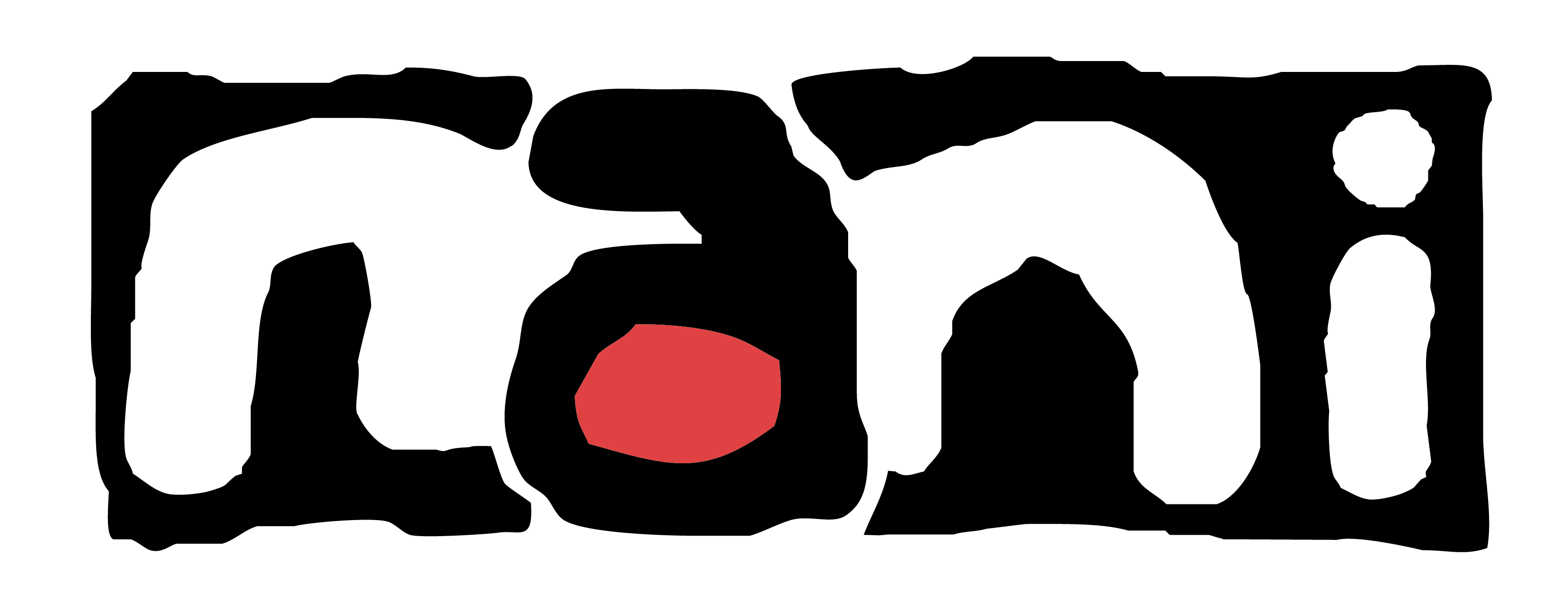NOMA: PAST, PRESENCE, FUTURE
HISTORY & PREVALENCE
Die Bezeichnung Noma leitet sich von dem griechischen Wort „nome“ ab, das wörtlich übersetzt „Weide“ bedeutet, hier aber sinngemäß als „um sich fressendes Geschwür“ übertragen werden kann.
Doctors such as Hippocrates already knew about the disease in antiquity. In Europe, noma is documented in numerous 18th and 19th century texts in France, Germany, Poland, Sweden, the Netherlands, Great Britain and Spain. In 1826 and 1848, the United States also reported cases of noma. In the 20th century, when hunger became less and less prevalent and hygiene measures were established, no more cases of noma occurred in the industrialised countries for the time being – with the exception of the Nazi concentration camps. In Auschwitz and Bergen-Belsen, inmates contracted noma as a result of the persistent hunger and the terrible hygienic conditions. However, many camp survivors who had noma did not dare to talk about the disease. However, one man who had noma as a three-year-old child contacted the relief operation. He was not left with any external damage, as the affected mucous membrane of his mouth was cauterised.
Today, the disease occurs mainly in the poorest countries of Africa, Asia and South America. The African continent is most severely affected: around 80 % of all noma patients come from there.
